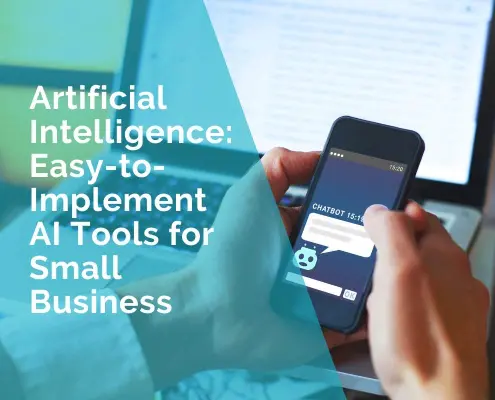Why 5G Is the Future of Mobile
5G is the next generation of wireless technology, and when asked about it, most people are likely to equate it with cellphone technology. While it’s true that 5G technology will drastically improve mobile devices and internet connectivity, these aren’t the only applications. It also has applications for New Radio and network slicing, and it will likely revolutionize industries that need high capacity networks.
Like with any new technology, there has been a great deal of misinformation surrounding 5G. One of the most popular bits of misinformation has been the myth that it spreads Coronavirus. The erroneous idea is that electromagnetic radiation can help spread the virus, but there is no evidence to indicate this, nor have any negative health effects from 5G equipment been observed. Here are some of the most important real-world possibilities for the impact of 5G.
Improved Broadband
The first generation of cell phones were large devices, often called “bricks,” that simply allowed you to make phone calls. 2G added the ability to text, and 3G brought data services that led to the apps and network connectivity we enjoy today. With the 4G network, we finally got mobile broadband enabling our mobile devices to easily stream music and video. The 5G is bringing similar improvements to our mobile networks, but it will be on a much larger scale.
The 5G network promises download speeds of at least 1Gbps, and it may be able to reach up to 10 in hotspots. 5G speeds are higher than those offered by the Australian government’s NBN plans, meaning your mobile devices will be capable of higher speeds than a home broadband plan when 5G services become available. The best part is, thanks to higher frequency networks, these download speeds will keep up even in crowded areas. 5G rollout will impact telecommunications companies by forcing new levels of competition since customers may not even need a traditional ISP anymore for great internet access.
Internet of Things
The IoT has been incredibly popular even with 4G, and the rollout of 5G will simply increase its usefulness. The IoT (internet of things) essentially refers to all the devices we have connected to each other and to the internet. This naturally includes our mobile devices, but it also includes digital assistants, smart security features, and any other “smart” devices. 5G speeds and reduced latency compared to 4G means many industries will benefit from IoT improvements.
Manufacturing is a great example. Factories and warehouses are already leading users or automated technology, and 5G will facilitate real-time communication and data analysis for factory machines that will increase productivity. Buffer times for media will become a thing of the past, meaning companies of all kinds will have an easier time getting information to potential customers, and even streaming live events should present little challenge.
5G also has exciting implications for the transportation industry. Sensors can allow for real-time data sharing between vehicles, which can make the roads safer and even facilitate faster adoption of self-driving vehicles. The city of the future could have cars communicating with each other, traffic signals, and other devices to promote efficiency and safety.
When Will It Be Here?
Most people can’t access the 5G network quite yet, but it will be available soon. Of course, it will require users to have a 5G enabled phone, but many currently available models will be compatible. The United States has 5G sites in multiple cities including Atlanta, Washington D.C., and Indianapolis. 5G Australia has been tested on the Gold Coast by Telstra, and it’s expected that Australians will have access to the network by the end of the year. Since the higher frequency waves of the 5G network won’t travel as far as 4G, the rollout will entail the placement of antennas closer together. The good news is that these antennas are small and can be placed virtually anywhere. Once 5G sites are commonplace, they have the ability to revolutionize all network technology.













